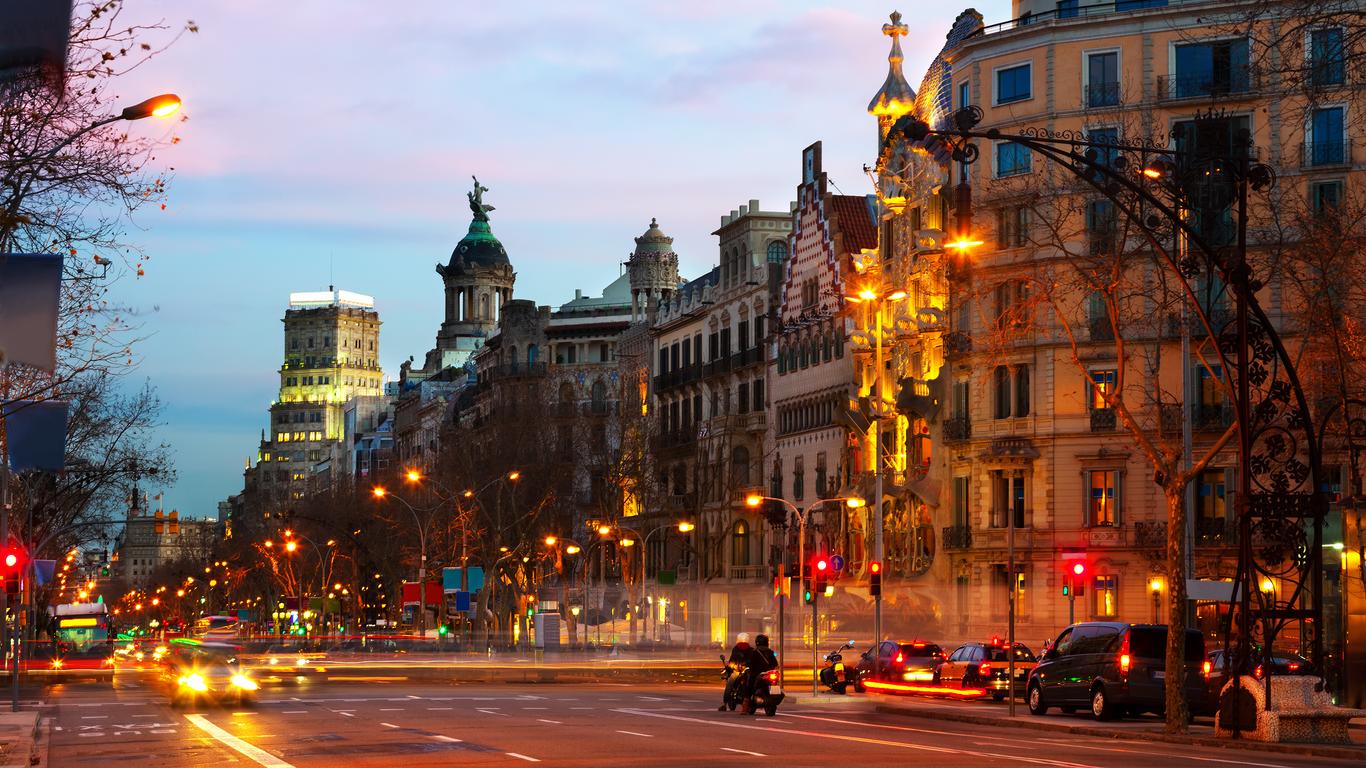As Barcelona’s biggest retail thoroughfare, Passeig de Gràcia is synonymous with one thing and that is shopping. From designer boutiques to high street staples, it’s a mecca for holidaymakers with suitcases to stuff. The Avenue stretches for 1.3 kilometres and is a fantastic place to give credit cards a workout, admire avant-garde architecture or simply indulge in a spot of people watching.
In addition to serving up a healthy dose of retail therapy, Passeig de Gràcia is an architectural attraction in itself. The street is lined with breath-taking “modernista” buildings, including Gaudi’s UNESCO listed Casa Milà - La Pedrera and the luxurious Hotel Majestic. The iconic “Illa de la Discòrdia” block is another Passeig de Gràcia icon, hosting an eclectic mix of early 20th century masterpieces from architects like Lluís Domènech i Montaner, Josep Puig i Cadafalch and Enric Sagnier.
Centrally located in the avant-garde Eixample neighbourhood, Passeig de Gràcia stretches from Plaça Catalunya to Carrer Gran de Gràcia. The easiest way to access the avenue is by metro, with the closest stations being Passeig de Gràcia and Diagonal.
While today Passeig de Gràcia is regarded as Spain’s most expensive street, it wasn’t always so glamorous. During the early 1800s, it was known as Camí de Jesús and was little more than a rural lane surrounded by farms and gardens. After the Liberal government fell in 1824, the lane was transformed into an elegant avenue, with Catalan architect Pere Falqués i Urpí adding its ornate benches and elegant street lights in 1906. This transformation established it as Barcelona's most fashionable street, a title that it retains to this day.





